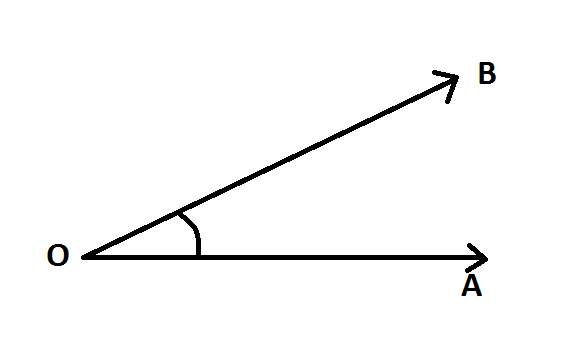Convert decimal to binary number, then count the consecutive 1's in the binary number.
Convert decimal to binary number, then count the consecutive 1's in the binary number.
Input: 63
Output: 6
Explanation: 63 decimal format
binary format for 63 is 111111, so there are 6 consecutive 1's in the binary number.
another example: If input is 13, binary format is 1101, so the output is 2.
Input: 63
Output: 6
Explanation: 63 decimal format
binary format for 63 is 111111, so there are 6 consecutive 1's in the binary number.
another example: If input is 13, binary format is 1101, so the output is 2.
another example : input 439
output is 3.
Since binary format is 110110111. 3 consecutive 1's are found to be highest in it.
output is 3.
Since binary format is 110110111. 3 consecutive 1's are found to be highest in it.
next example: input 65535
output is 16.
since binary format is 1111111111111111. 16 consecutive 1's are found to be highest in it.
output is 16.
since binary format is 1111111111111111. 16 consecutive 1's are found to be highest in it.

Comments
Post a Comment